Vaccinating 19 million or so New Yorkers was never going to be an easy task. States across the country have struggled with the rollout of the distribution to end the coronavirus pandemic. Supplies have lagged far behind demand.
Gov. Andrew Cuomo has blamed the federal government for the supply bottleneck. New York is going “week to week” after its initial batch doses was exhausted on Friday, he said at a news conference. Local officials, however, are pointing to Albany, not Washington, for the problems.
Larry Schwartz, a longtime advisor to Cuomo brought in to help handle the vaccine distribution, said in an interview with Spectrum News the fault lies with the failed Trump administration’s rollout.
“I am very optimistic that in due time the Biden administration is going to be able to increase production and get New York state a lot more vaccine,” he said. “But the problem is a lack of doses. It was insufficient based on their most optimistic projections for us and it’s failed to even reach that.”
But on the local level, elected officials, hospital leaders and advocates for vulnerable populations believe the distribution and communication at the state level can — and must — be improved.
Rockland County
Rockland County Executive Ed Day has had some experience with outbreaks. His county was the site of a measles outbreak in 2019 and now is among the hardest hit during the COVID-19 pandemic, second only to the Bronx.
But Day is concerned with the how the state is handling distribution. State officials have not participated in a “control room” conference call held on Fridays with local officials for the last several weeks.
Meanwhile, county officials aren’t told of how many vaccine doses they will receive for the coming week until Sunday night at around 10 p.m. That, in turn, has made it harder to plan and schedule people for appointments.
“This is a war being run in a bunker in Albany,” he said. “That is doomed to disaster. You need your field generals, you need your troops out there, to get the job done.”
Rockland only started this week to receive more vaccine doses in line with what Day had hope for, given county having the second highest rate of fatalities outside of New York City.
“We’re trying to keep people calm,” he said. “There is anxiety out there. And it’s all caused by a failure to roll this program out in a manner that’s consistent in the way it should be done.”
Schwartz, the Cuomo advisor, said allocation of the doses is based on a data analysis which can be time consuming. Meanwhile, the CDC over the last six weeks has sent less vaccine than projected.
“It takes like three days to do the analysis. We’re working on it on all day, all night. It’s not something where you can just touch a button and, poof, it happens. They don’t give us a lot of time.”
Schwartz added he wants to avoid situations where providers schedule vaccination appointments based on faulty assumptions of what’s coming from the federal government.
“It’s not like we’re sitting on it,” Schwartz said. “It’s a process. It’s not a process that we created.”
Ontario County
In Ontario County, UR Medicine Thompson Health CEO Michael Stapleton is concerned with a plan that would send people age 65 and above to pharmacies, essential workers to counties and health care workers at hospitals, calling that a one-size-fits-all approach.
“We’ve given now over 4,000 vaccines in our community — drop in the bucket,” he said. “We’ve got over 109,000 people in Ontario County. But if we get the vaccines, we can ramp that up beyond what we’re doing. And I can’t overestimate the importance of listening to the people on the frontlines.”
That vaccination guidance, he said, doesn’t work for smaller counties.
Supply has been the overriding issue as his hospital has vaccinated health care workers and has received allocations from the county. His clinics are capable of moving 50 people through an hour.
“The greatest challenge is the lack of vaccines,” he said. “Nothing is a failure. Everyone is doing everything they can with this.”
The facility has vaccinated about 70% of its workers and has distributed doses to EMS workers and other health care workers in the area.
Cuomo has emphasized vaccinating health care workers first, worried that an outbreak among frontline pandemic workers could rapidly shutdown entire regions of the state.
Hospitals should continue to be prioritizing that group now, Schwartz said.
“Let’s get them vaccinated first,” Schwartz said. “There’s other 1A populations. We have physicians. We have home health aides.”
Schwartz added hospitals must first make a “full, good-faith effort” to vaccinate as many people in 1A — health care workers — and then schedule people age 65 and above if they have open appointments.
A vulnerable population
Expanding vaccine eligibility by the federal government and begrudgingly approved by Cuomo has also led to problems vaccinating people with developmental disabilities living in group homes. Michael Seereiter of NY Alliance is worried the expanded eligibility has slowed the distribution of vaccines to people living in those facilities.
“I think we need to go back to that equitable distribution that was the plan,” he said.
There are about 4,000 people in this population, which are uniquely vulnerable to the coronavirus.
“We’re finding a significant increase or a significantly higher predisposition in this population of people — which I think is what led to the right decision to initially include them in,” Seereiter said.
New York added people in congregate facilities prior to a federal guidance, Schwartz said.
“The disabled community and population is a priority. The problem is the lack of federal doses. That was created by the Trump administration, not Biden.”
Nick Reisman
Source: https://nystateofpolitics.com/state-of-politics/new-york/ny-state-of-politics/2021/01/22/on-the-ground–local-officials-in-new-york-say-vaccine-distribution-must-improve?fbclid=IwAR2yHKlSb2FWExxQjlCsu3xllbQgG_wcKhQfAQtd9SlP4Kk6L8tjF2UK8b8
